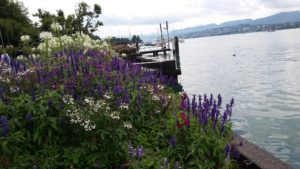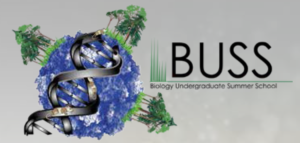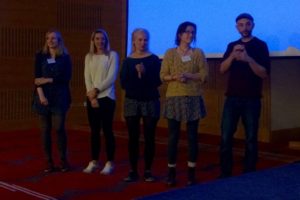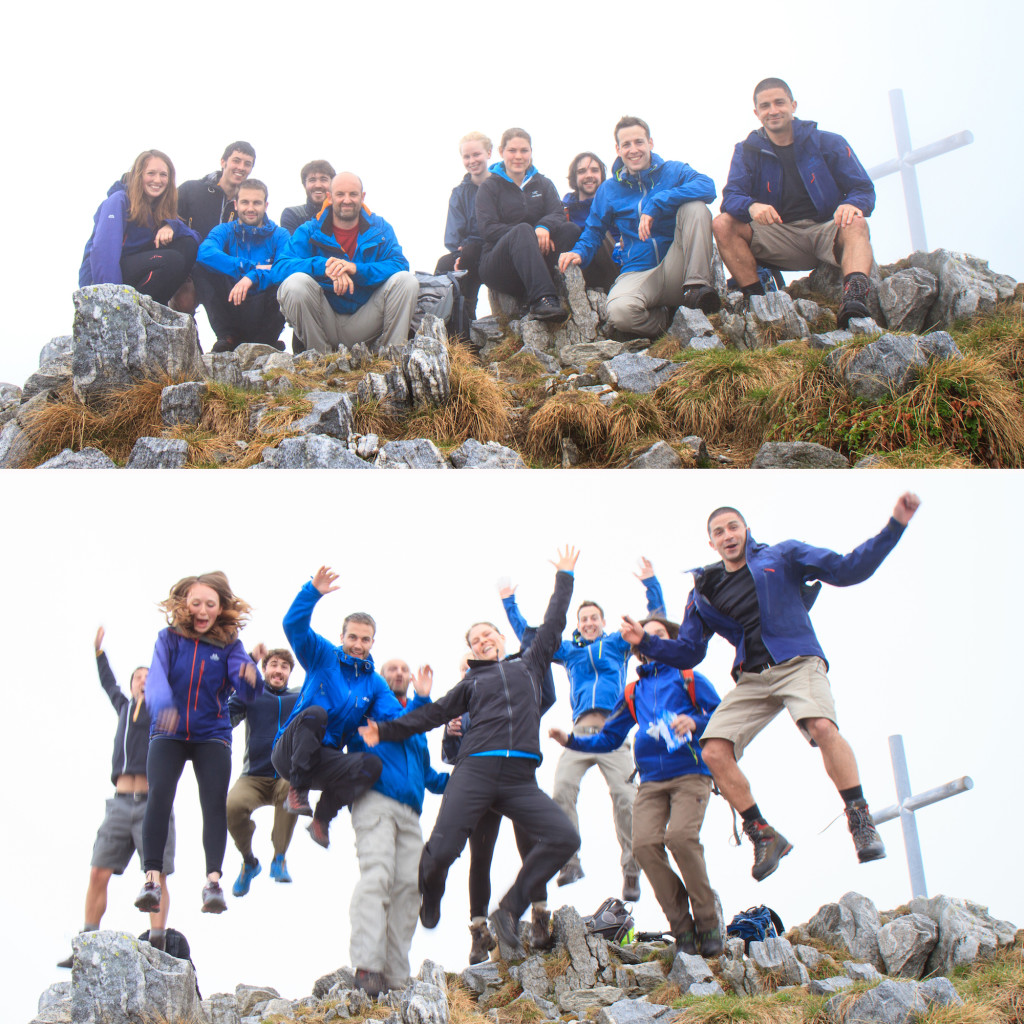As with, I suspect, an embarrassingly high number of scientific papers this one was conceived over a mug of something warm and caffeinated, but unlike most of my other publications I finally have something charismatic to talk about!
Whales are big news (pun intended), and the commercial hunting of whales is a sensitive and emotive topic, with what could probably be described as a collective embarrassment regarding the mass slaughter carried out during the 20th centaury, and subsequent collapse of global whale populations. However a by-product of this generally frowned upon practice – and some frankly anally retentive bookkeeping – is an exceptional and unique record of the whales caught during this period. The International Whaling Commission required a record of all whales hunted, the approximate location of their capture, as well as details on their size to be noted down. The net result is a staggering record of over 2.8 million individual whales harvested from 1900 onwards.
Now the reason I know all of that is because of that caffeinated beverage in a small café in Hobart, during a visit to the University of Tasmania’s Institute of Marine and Antarctic Research. The idea behind the visit was to test the effectiveness of a method for predicting population declines that incorporated classic abundance based early warning signals1,2 along side shifts in trait dynamics3 on data from real-world population collapses. Our original intention was to simulate population collapses due to overharvesting and look for early warning signals (EWSs) before the collapses occurred. However one of the key aims of EWSs is to make them applicable to species of conservation interest, and whilst brainstorming the best way to approach this we realized that data might already exist which would allow us to test these methods – data that describe the dynamics of populations prior to documented collapses, that include information on the body size of individuals. And thus this Nature Ecology & Evolution paper was born – where we identify both abundance based and trait-based EWSs up to 40 years prior to the collapse of whale populations.
For me a few really interesting secondary results came out of this. The first was the sheer scale of the whaling effort during the 20th centaury – at its peak over 30,000 Blue whales were removed in a single year, with similar peaks seen in the other three species we looked at. So perhaps it shouldn’t have been as surprising as it was to see dramatic changes in the body size of these whale populations – a decline of over 4m in Sperm whales caught over a 80 year period. What is fascinating to me is the interaction between the ecology of each species and the techniques developed to hunt whales, and how this impacts the trend in body size over time; Sperm whales decline in size consistently through time, probably because they are relatively slow moving, where as for faster species landed body sizes initially increase (in line with technological advancement4) and then decline as all the large individuals are removed.
This paper felt in many ways cathartic – that we can use this data from a barbaric period of commercial excess to develop and test methods that might be applied to the current diversity crisis feels good. And whilst we are still a long way from making perfect predictions about the fate of biodiversity in the Anthropocene, every step towards this goal helps.
The paper in Nature Ecology & Evolution is here:
This paper was made possible by a Swiss National Science Foundation International Short visits grant, and an ERC Starting grant (#337785) to A.O
References
- Dakos, V. et al. Methods for detecting early warnings of critical transitions in time series illustrated using simulated ecological data. PLoS One 7, e41010 (2012).
- Scheffer, M. et al. Early-warning signals for critical transitions. Nature 461, 53–9 (2009).
- Clements, C. F. & Ozgul, A. Including trait-based early warning signals helps predict population collapse. Nat. Commun. 7, 10984 (2016).
- Basberg, B. L. Technological change in the Norwegian whaling industry. Res. Policy 11, 163–171 (1982).














